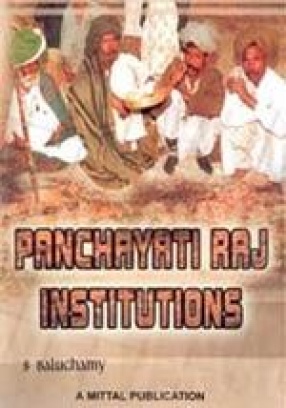The Panchayati Raj system in India has come into existence through a long process of evolution. The Panchayati Raj institutions began to be gradually democratised in structure and were empowered to undertake increasing duties and responsibilities for local affairs, including civil services. Decentralisation is the only way of ensuring radical through the democratic process. The Gram Sabha is an institutional form of participatory democracy. But, in reality, it continues to remain defunct even after the introduction of the New Panchayati Raj, with the same old tale of woes, like absence of power, lack of awareness, popular apathy, dearth of enthusiasm and extinction of the glow of freedom. Rejuvenating of Gram Sabha calls for appropriate interventions by concerned experts. This book is an indepth study of Panchayati Raj institutions in one of the districts (Dindigul) of Tamil Nadu, India. The study focusses on knowledge of the Panchayati Raj System, opinion on the adequacy of devolution of powers, resources, decision making etc., attitude and support of the State Government, nature of role or attitude of the elected representatives to their work, training for functionaries of PRIs, needs assessment and fulfilment, qualities of leadership and their influence on the functioning of the Panchayati Raj System, reservation for women and scheduled castes, supportive agencies, participatory democracy and performance and the role of the Gram Sabha. The study is based on personal discussions, observations and available documents.
Panchayati Raj Institutions
In stock
Free & Quick Delivery Worldwide
Bibliographic information
Title
Panchayati Raj Institutions
Author
Edition
1st ed.
Publisher
ISBN
817099926X
Length
xix+236p., Tables; Figuress; Map; Annexures; Appendices; Bibliography; Index; 22cm.
Subjects







There are no reviews yet.